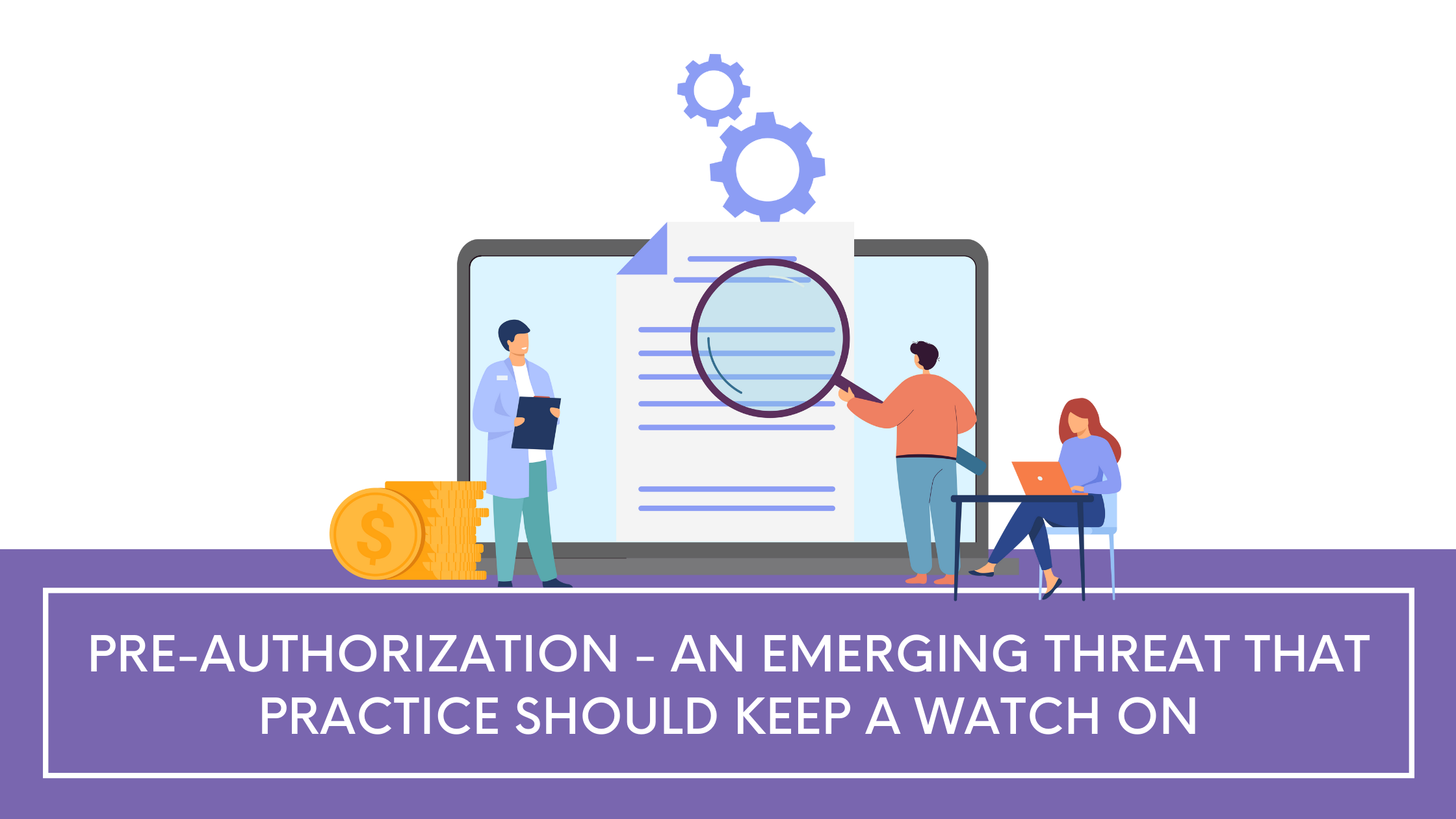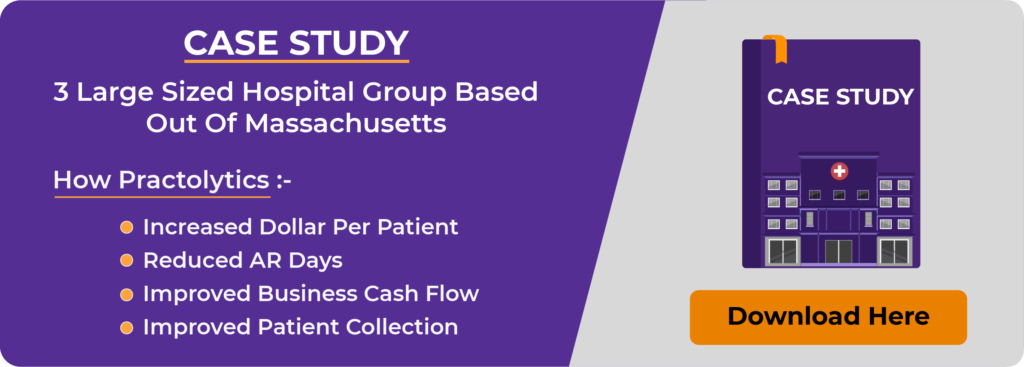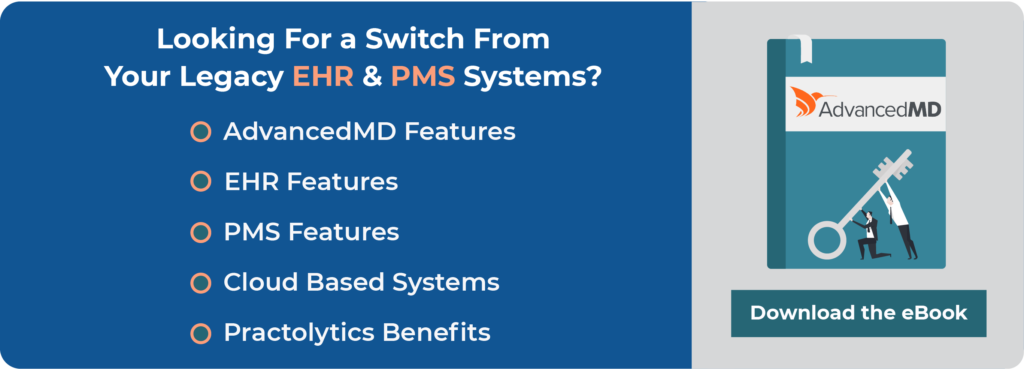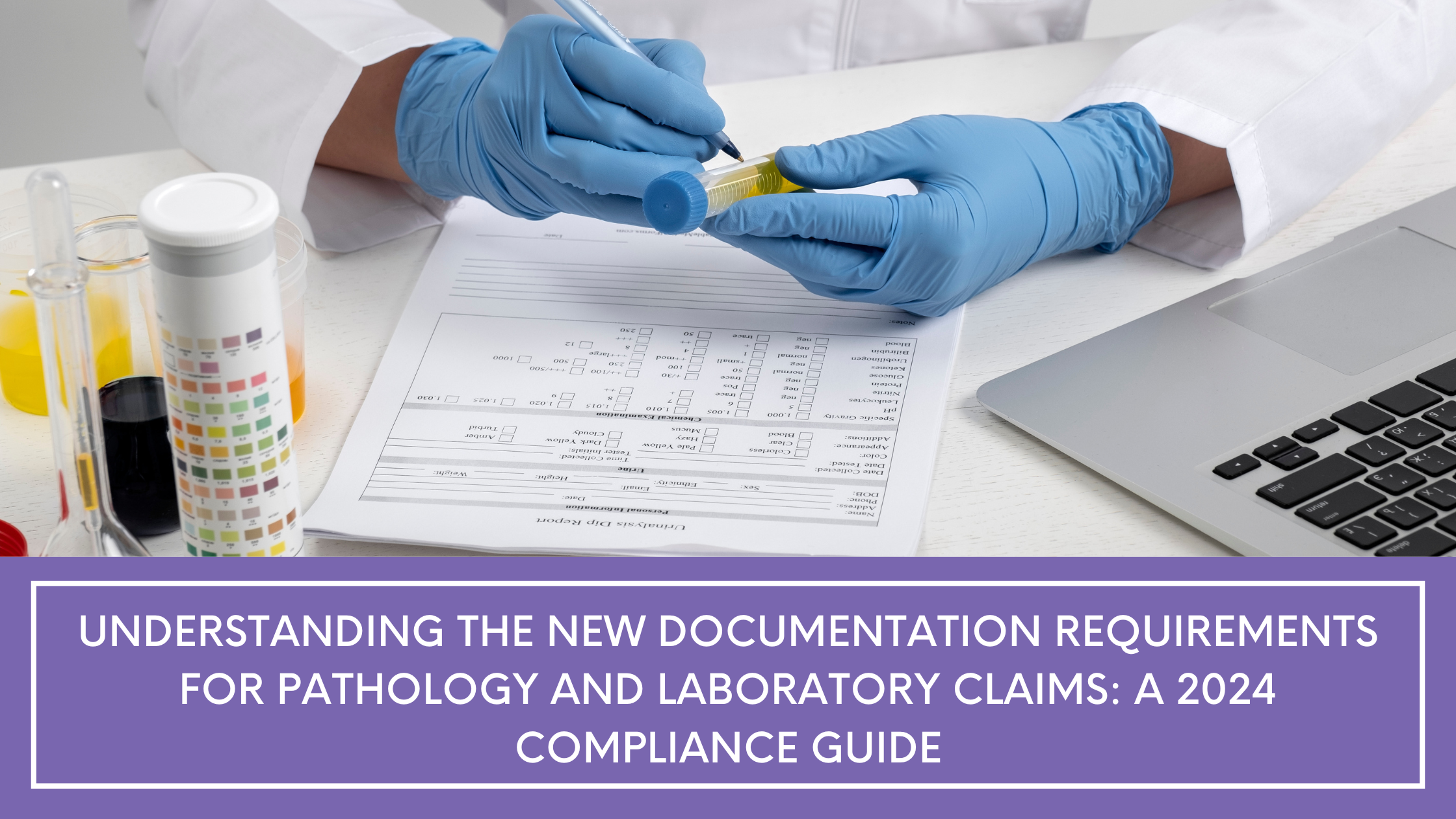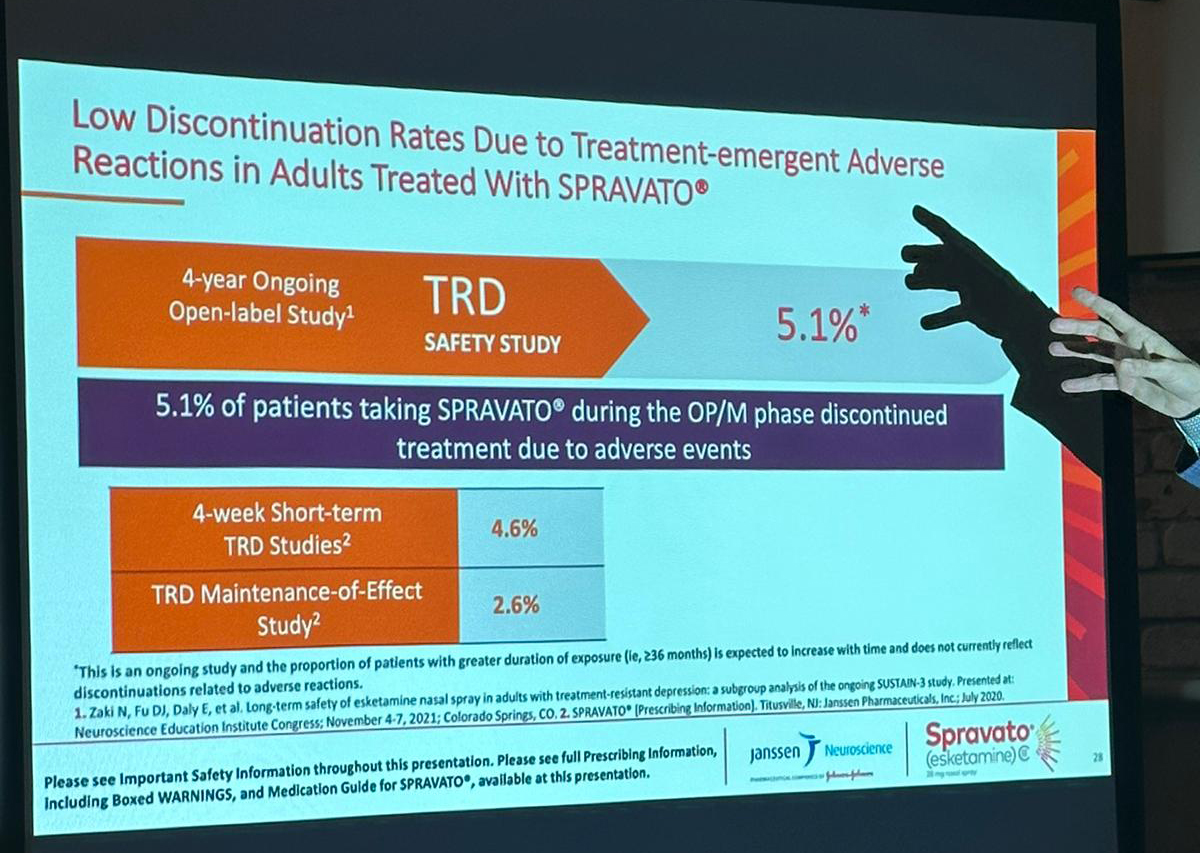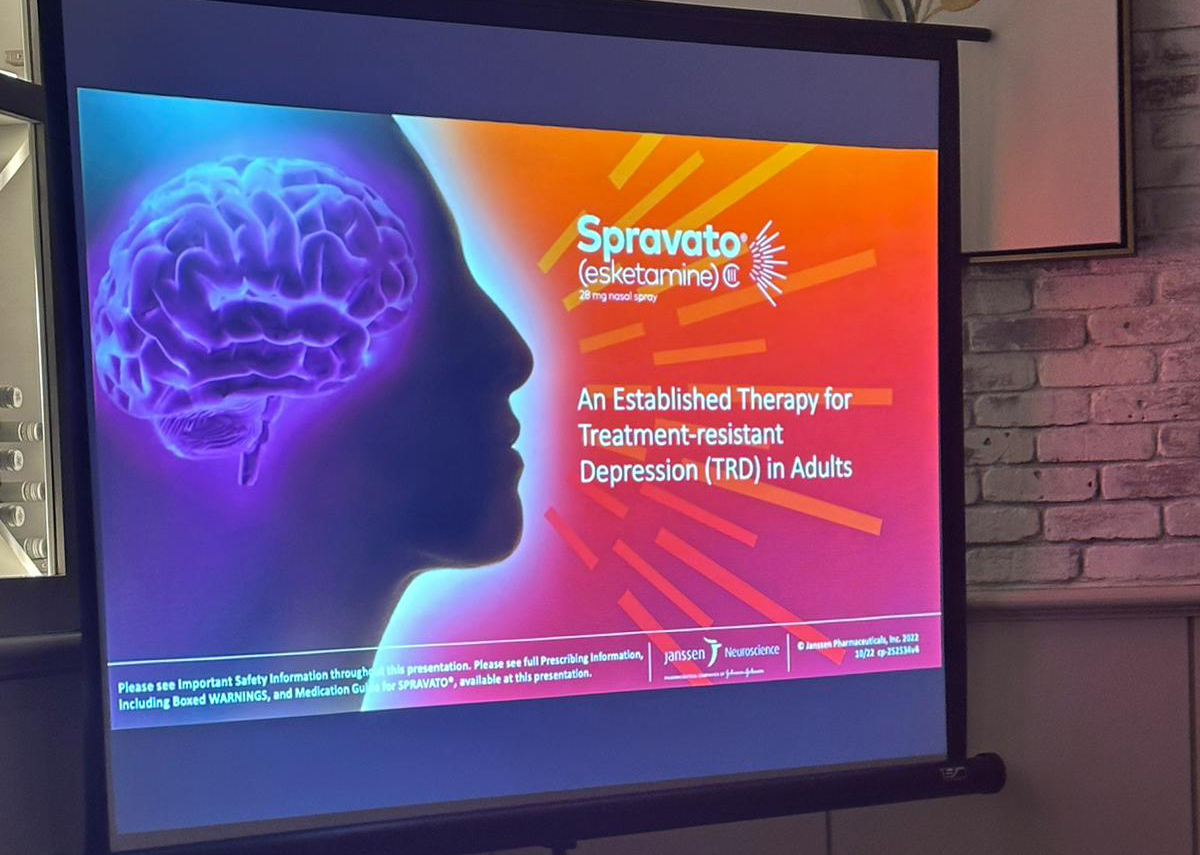Pre-Authorization – An Emerging Threat that Practice Should Keep a Watch On
Table of Contents
Pre-Authorization
It’s almost impossible to deny that the healthcare system in America has seen so many changes and transformations in recent times. Either clinical or administrative, every change poses its potential, threat and challenges. One of these changes is pre-authorization – a restriction that halts providers’ services until they are granted permission by insurance companies. It is often viewed as a cost-effective process that determines whether or not an insurance company will cover the cost for a particular healthcare service.
The truth is, pre-authorization is supposed to support quality healthcare, safety goals, and affordability. GAO conducted a report in 2018 using Medicare’s use of pre-authorization to support the purpose of the process. This report shows the effect of pre-authorization, an increase in CMS savings from $1 Million to $2 Million, and how much it supports value-based care delivery and goals. However, healthcare providers have found that these purposes have been counterproductive with an enormous negative impact on patients and providers. As a result, it poses an emerging threat to practice, which all providers should be aware of. This article discusses these threats while examining the roles of benefits verification and seeking precertification or prior authorization before rendering service.
As much as there are reasons and benefits to pre-authorization, it has come under so many criticisms. To the vast majority of healthcare providers, pre-authorization implies insurance companies forcing their stake in decisions that relate to healthcare services. They see it as an attack on their expertise and autonomy. The following are some of the threats pre-authorization pose on practice:
Threats of Pre-Authorization on Healthcare Providers’ Practice
1. It Places an Unnecessary Administrative Burden on Providers
Pre-authorization carries with it an enormous administrative burden that affects patients and providers. So, rather than focusing on healthcare delivery, providers have to deal with so much paperwork that’s time-consuming. This brings inefficiency in practice and affects their transparency which is crucial for all patients. A 2018 survey by Health Payer Intelligence shows that 91% of providers and physicians hold that pre-authorization negatively impacts patients’ care through its unnecessary administrative burden. If not streamlined, it could go from bad to worse.
2. Pre-Authorization Is Expensive for Providers
Pre-authorization has proven to be the most costly transaction for healthcare providers. The Council for Affordable Quality Healthcare (CAQH) found in 2019 that pre-authorization has an average cost of $11 per transaction before healthcare delivery. Doing this in multiple succession is costly for providers. Imagine a need for pre-authorization 60 times in a day; that’s $660/day. This can affect revenue flow for providers, and patients may have a fair share in these expenses.
3. Pre-Authorization enhances Discriminatory Patients’ Care
The primary designation of pre-authorization is to serve the healthcare demands of patients. However, it has been used as a tool for discrimination. For example, while PrEP HIV therapy should require low pre-authorization, research has it that it’s unnecessarily high in the south. This enhances discrimination in patients care because typically pre-authorization should apply only to cases where there are multiple drugs to choose from for a particular medical condition.
The negative impact it poses on practice is quite significant, one that practices need to keep watch on to mitigate while still carrying out clinical services and getting paid for them.
ALSO READ– Importance of Timely Collection of Patient Balances on Practice Financials
Role of Benefits Verification And Seeking Pre-certification or Pre-authorization Before Rendering Service
Benefits verification is a crucial process in revenue cycle management that practices can’t afford to neglect. It involves gathering and verification of patients eligible for benefits before rendering services. Most claims that are denied are products of lack of benefits verification regarding a patient’s insurance coverage. The implication is that if the provider delivers a service that is not covered, insurance companies won’t be responsible, and it’ll be left for the patient to cater. The following are some of the roles of benefits verification or pre-authorization before rendering service:
1. Enhances Patients’ Knowledge and Increase Satisfaction
A sizeable number of patients prefer to know their payment commitment before receiving healthcare, and this is one of the gulf benefits verification would fill. Once an insurance company is contacted to know what coverages a patient is eligible for, they can decide on sole or copay with insurance companies. Failure to do this financially exposes them in a way that brings fear and frustration, which isn’t suitable for both patients and providers.
2. Reduces Claims Denials and Rejections
Pre-verification of insurance coverage for healthcare services helps providers minimize claims rejections and denials, a trend in the healthcare system. So, to avoid being a victim of this effect, providers need to work smart and stay ahead of the curve. Similarly, the ever-changing nature of insurance regulations requires providers to be vigilant and informed at all times to avoid reimbursement delays, claims rejections and billing errors.
3. Improves Revenues
Benefits verification also has a significant impact on provider revenue. Once providers can manage accurate and timely insurance verification, they have a great advantage to get a faster billing cycle which ultimately leads to improved cash flow. Conversely, if it’s poorly done, this puts healthcare providers and organizations at significant risk of claim denials which halts cash flow and put pressure on practice.
Bearing all these in mind, seeking pre-authorization before rendering services has benefits both for patients and healthcare providers. However, given its threats towards patient-centered service delivery and its cost for providers, there has been an industry-wide call for pre-authorization reforms. This is seen through the coalition of several healthcare organizations and their call for industry-wide alignment to a set of 21 principles that improve pre-authorization processes. Additionally, there’s been a push for digital pre-authorization, which involves the integration of the Electronic Healthcare Records System (EHRs) with billing software to improve efficiency, which is required for pre-authorization processes.
Bottom Line
The fact remains that no matter how much potential a process has, if not done correctly, it affect overall operations. Therefore, pre-authorization needs to leverage technology to achieve its creation and eliminate all threats it poses to practice and patient care.
Connect with our experts at Practolytics to experience the best approaches we take to ensure the pre-authorization process is setup right from the word go.
ALSO READ – 10 Ways to Improve Your Billing Process


